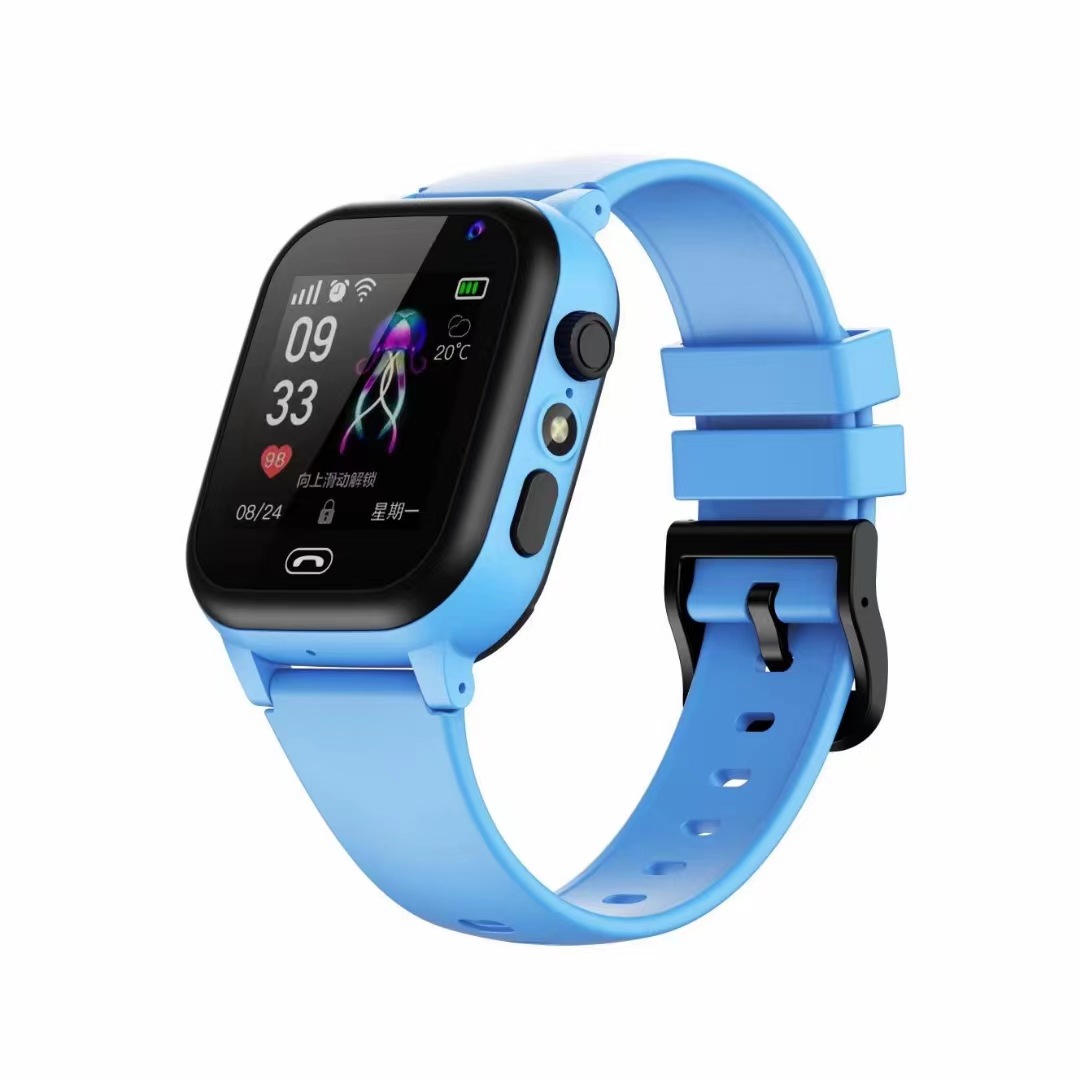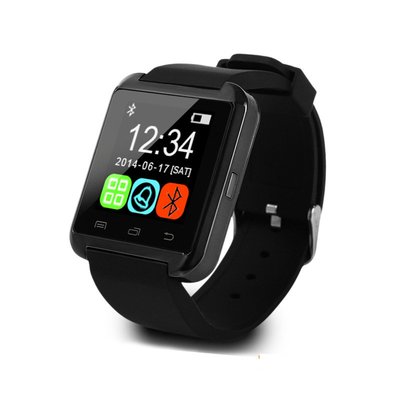
basic introduction
Pigments are used to color powdery substances. It is insoluble in water, grease, resin, organic solvents and other media, but it can be evenly dispersed in these media and can make the media color, but also has a certain hiding power.
Dyes are colored substances. But colored substances are not necessarily dyes. As a dye, it must be able to attach a certain color to the fiber. And it is not easy to fall off and change color.
Testing products
Pigment filler:
Titanium dioxide, titanium dioxide, lithopone, chromium oxide, phthalocyanine green, lead chrome yellow, pigment carbon black, mica powder, cadmium red pigment, ceramic pigment, acrylic pigment, gouache pigment, organic pigment, inorganic pigment, chemical pigment, plastic Pigments, iron oxide pigments, wall painting pigments, hand-painted wall pigments, etc.
dye:
Disperse dyes, acid dyes, basic dyes, sulfur dyes, reactive dyes, cationic dyes, neutral dyes, vat dyes, direct dye oxidation dyes, polycondensation dyes, ice dyes, chemical dyes, natural dyes, oily dyes, metal chromium Dyes, solvent dyes, plant dyes, etc.
Test items
Physical properties: appearance, transparency, color, adhesion, PH value, flash point, density, viscosity, fineness, ash, moisture, specific volume, composition analysis, volume solids content, iron oxide test, etc.;
Chemical properties: water resistance, acid and alkali resistance, corrosion resistance, wear resistance, weather resistance;
Construction performance: consumption, oil absorption, paint film polishing, leveling, hiding power, sag, usage, paint film thickness (wet film thickness, dry film thickness), drying time (surface dry, hard dry), etc. ;
Aging test: salt spray aging, high and low temperature cycle, light aging, ozone aging, artificial accelerated aging and other aging items;
Harmful substances: VOC, benzene content, toluene, ethylbenzene, total xylene, free formaldehyde content, total TDI and HDI content, glycol ether, heavy metal content (lead, mercury, chromium, cadmium, etc.).
Testing standards
GB/T 1707-1995 Lide powder
GB/T 1706-2006 Titanium dioxide pigment
GB/T 1710-2008 Comparison of light resistance of similar colored pigments
DB37/736-2007 Energy Consumption Limit of Titanium Dioxide Pigment Products
GB/T 15614-1995 Method for determination of gloss of daily-use ceramic pigments
GB/T 1711-1989 Comparison of thermal stability of pigments in baking paints
GB/T 1713-2008 Determination of pigment density Pycnometer method
GB/T 1717-1986 Determination of pH value of pigment aqueous suspension
FZ/T 52011-2011 Cationic dyeable dyeable modified polyester staple fiber
FZ/T 54037-2011 Cationic dyeable polyester dyeable drawn yarn
GA/T 819-2009 Analysis method of acid dye on protein fiber
GA/T 820-2009 Analysis method of disperse dyes on polyester fiber
FZ/T 51003-2011 Cationic dyeable polyester chips (CDP)
GB/T 10663-2003 Disperse Dyes Determination of Transference
GB/T 12680-2008 Determination of general properties of alcohol soluble dyes
GB/T 1637-2006 Determination of shade and intensity of soluble vat dyes
GB/T 1639-2006 Determination of solubility of soluble vat dyes
GB/T 13451.2-1992 Determination of relative coloring power of coloring pigments and relative scattering power of white pigments
GB/T 1747.2-2008 Paints and varnishes. Determination of pigment content. Part 2: Ashing method
GB/T 18251-2000 Method for determination of pigment or carbon black dispersion in polyolefin pipes, fittings and compounding materials
GB/T 17520-1998 Determination of solubility and stability of reactive dyes in the presence of electrolytes
Our advantage
1. With a professional qualification and experienced expert technical team, we can provide you with professional consultation and services.
2. Have advanced laboratory equipment to ensure the accuracy and reliability of test data.
3. As a third-party testing and certification organization trusted by customers worldwide, we are your certificate of quality.


KC certification is a mandatory certification system implemented in South Korea for electronic and electrical products, aimed at ensuring that products comply with South Korea\'s safety and electromagnetic compatibility standards. The Korean market has strict quality control over imported goods, and smart rings, as electronic products, must pass KC certification in order to be legally sold in the Korean market.
CE-RED certification is a mandatory compliance requirement of the European Union for wireless devices. For smartwatches with wireless functions such as Bluetooth and Wi Fi, its importance is mainly reflected in the following three aspects.

The Brazilian market has enormous potential, but in order to successfully enter, ANATEL certification is an essential first step. As an authoritative standard certified by the Brazilian Communications Authority, ANATEL certification is not only a guarantee of product quality, but also a legal entry threshold into the Brazilian market.
Pigments are used to color powdery substances. It is insoluble in water, grease, resin, organic solvents and other media, but it can be evenly dispersed in these media and can make the media color, but also has a certain hiding power.
Get a quote